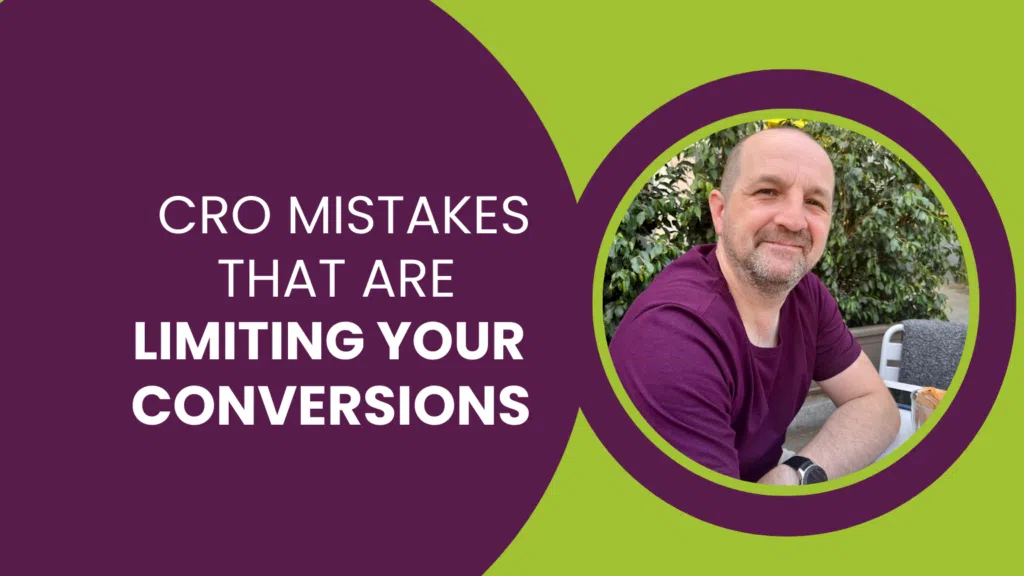Having been around the block on naming bits of software and even companies over the years, the pain of choosing a name for anything is a challenge at best.
There are some basic principles you might like to consider before embarking on your quest for great eCommerce name ideas. This could equally apply to your website, product or business.
- Your eCommerce domain name needs to have longevity. Considering your business plan, does this name suit where you’ll be in 5 or 10 years?
- A great eCommerce name should reflect the needs or desires of your customers or reflect the personality of your brand. Which is more important?
- The name for an eCommerce site should be unique, dissimilar to other brands which could otherwise cause confusion or even bad news through association in the long run.
- How easy would it be for someone to copy your store name or brand?
- Could you register or protect this eCommerce business name? It can be very expensive to try to register common language terms like, “London Shoes” for example.
- It needs to be easy to remember. Misspelling a common word or phrase has a future in constantly spelling it out for people – trust me, I’ve been there. Not to mention the missing email you were waiting for that was sent to the wrong domain.
Choosing an eCommerce Domain Name
Throw into the mix the scarcity of good eCommerce domain names and this is a real quandary. All the good names are gone, right? All those nasty cybersquatters taking up the good names in the hope that you’ll pay a few thousand for it.
It’s so easy to get sucked into the suggestions list from your domain registrar and spend hours trying to decide whether their suggestion fits your business.
And then there are all those TLDs (Top Level Domains). Should you go for a .com, a .co.uk, a .uk.com or a .biz? There are plenty to choose from – that in itself is a maze.
You could choose a clever TLD to complete a word, like handso.me or gottahave.it or a host of other variations. It’s neat, but does it fit the principles of your eCommerce brand?
Also take care with a particularly long domain name. If you intend on running Google AdWords ads, you’ll only have 35 characters to squeeze the domain name in the ad. The shorter the better, as you’ll be able to use domain.com/SearchTerm if you’ve room – it helps increase ad CTR (Click Through Rate).
Choose an SEO-Friendly Domain Name
Sorry to rain on your parade, but keyword-rich domains were devalued in a Google algorithm update a while back.
In SEO terms, registering an eCommerce domain name that matched a popular search query was too easy to do, making it easy to create low-quality sites and to cheat the Google algorithm. The Internet and Google got tired of cheaptaxisinhampshire.info and locksmithsdurham.biz.
There’s some contention that an EMD (Exact Match Domain) may still carry some ranking signals, but that value is most likely incomparable to the value of a strong, memorable brand. Would you buy a mobile phone from Vodafone or from CheapBusinessPhoneContracts.net?
The same rule applies to PMDs (Partial Match Domains) – domain names which include part or all of a keyword you might want to rank for. e.g. mytaxischepstow.biz, targeting the term, “taxis chepstow”.
Learn SEO with a Pro
How to Create Great eCommerce Business Name Ideas
What You’ll Need
A whiteboard, a big sheet of paper, lots of smaller sheets of paper or a wall you’re planning to redecorate along with suitable writing implements.
A group of friends or colleagues (they may be both).
Step One – Customer First
Start with your customer. Who are they? What motivates them to buy your product(s)? Does it make them feel special, loved, important, protected, proud or a host of other feelings?
Write as many of those words down as possible. Every one, no matter how daft it may seem. There are no silly ideas.
Who is your customer? Is age important, or gender, or education, marital or employment status? How about geography or whether they have children. You needn’t narrow your market down to your next door neighbour and exclude everyone else, you’re just trying to create an example profile.
Note down those traits and draw a picture of your customer. Don’t worry if your design skills aren’t great, it doesn’t matter.
Give this customer a name that befits the profile. If it’s a couple or a family, give them all names, it’ll help you focus.
Remember, this doesn’t exclude anyone from your market, just helps you focus on a typical customer and anchoring decisions later on.
Now, you should have a clear picture of your customer and a whole load of scribbled words that describe how your product(s) make them feel.
Step Two – Your Product or Service
Next, describe your product or service. List as many adjectives and adverbs as you can. (This might help if you’re unsure of the difference between adjectives and adverbs).
Is it quick, solid, green, beautiful, fluffy, timeless, essential or tasty? Maybe you do things logically, quickly, thoroughly, carefully, magically or maybe even daily?
Again, remember that there are no wrong answers. Scribble them on your whiteboard or paper.
Step Three – Your Business
Now, think about your business mission. If you’ve a business mission statement or a mantra, what is it? If you have neither of those, now might be a good time to think about creating one.
What’s your objective? Saving the planet, helping people get healthy, saving people money, making men or women look or feel great, more confident or simply to have more fun?
Write those words down too.
There are plenty of business mission examples on the internet that might help spark some inspiration.
Step Four – Association (Optional)
In this round of brainstorming, think about characters or places which share the same values as your brand or product. If you’re in the health space, is there a celebrity or historical figure that represents your values.
There’s a virtual PA service called Moneypenny, for example – you can work out the connection pretty easily and it’s easy to associate that name with what they do.
You might even dip into the well of mythical figures and gods, but trust me, every one will have been used for something (I’ve been there). They don’t have to be a mythical god or creature, they could be a fictional character like Moneypenny, Sherlock, Jeeves or Crusoe, or celebrated historical figures like Lady Godiva, Churchill, Nelson, Marilyn Munroe, Jimi Hendrix or Einstein.
Create a list of those that fit the bill for your eCommerce store. Remember that there aren’t any wrong answers here. Don’t shoot any ideas down, just let the ideas flow.
Step Five – Short Listing
Now, you either have a whiteboard overflowing with words and phrases, or a ton of paper strewn across a desk or floor.
It’s time to start trimming down the list of eCommerce business name ideas. Rewrite the list of words in four (nearly) equal columns. Segmentation isn’t important, just go right ahead and mix them all up.
Thinking about your customer (they have a name, remember?), work through each of the four lists, considering whether each word or phrase appeals to him or her. In your group, refer to your customer by name (it will help to focus on what’s important. You’re aiming to halve each list.
Easy wins are removing terms which mean the same thing – maybe, fast, quick, rapid and speedy are all in your list. You only need one of those, perhaps two if you can’t decide yet. Keep the term(s) that resonate the most with your customer and with you.
Keep repeating this process, halving the lists each time until you’re left with between four to six words or phrases.
Combine those terms in different ways and different orders to see what fits. It doesn’t have to be a conventional phrase, just throw ideas around and see what sticks.
Step Six – Choose an eCommerce Domain Name
Now the irritating bit. Trying to register an eCommerce domain name that hasn’t already been taken.
Try the different phrases you’ve shortlisted and see what’s available. If this is going to be a big brand that you don’t want copied, try to get an eCommerce domain name that has all of the TLDs available so that you can register them all. The last thing you want is someone stealing the .com from under your nose once you’ve built your eCommerce brand on the .co.uk domain.
If someone already has the .com but the .co.uk is available, for example, I’d avoid opting for that domain – it’ll only cause confusion further down the line.
Avoid the temptation for misspellings (it just gets confusing), but do consider TLDs like .it or .me if it’s the end of your phrase.
If you’re stuck, prefixing your name with another word, “The”, “WeAre”, “Get”, “My”, or suffixing with “Co”, “Company”, “Store” or “Shop”.
Some eCommerce Domain Examples:
The White Company – Sells white stuff. http://www.TheWhiteCompany.com/
Everything5pounds – Where everything is £5 or less. https://www.everything5pounds.com/en/
We Are Spectre – Augmented Reality. http://WeAreSpectre.com/
The Body Shop – Ethically produced and sourced beauty products. http://www.thebodyshop.co.uk/
Hollister – California fashion brand. http://www.hollisterco.com/
We’d love to hear what you called your eCommerce business and why. Comment in the box below and let us know.
Speak with a SpecialistOur Google Shopping Services







